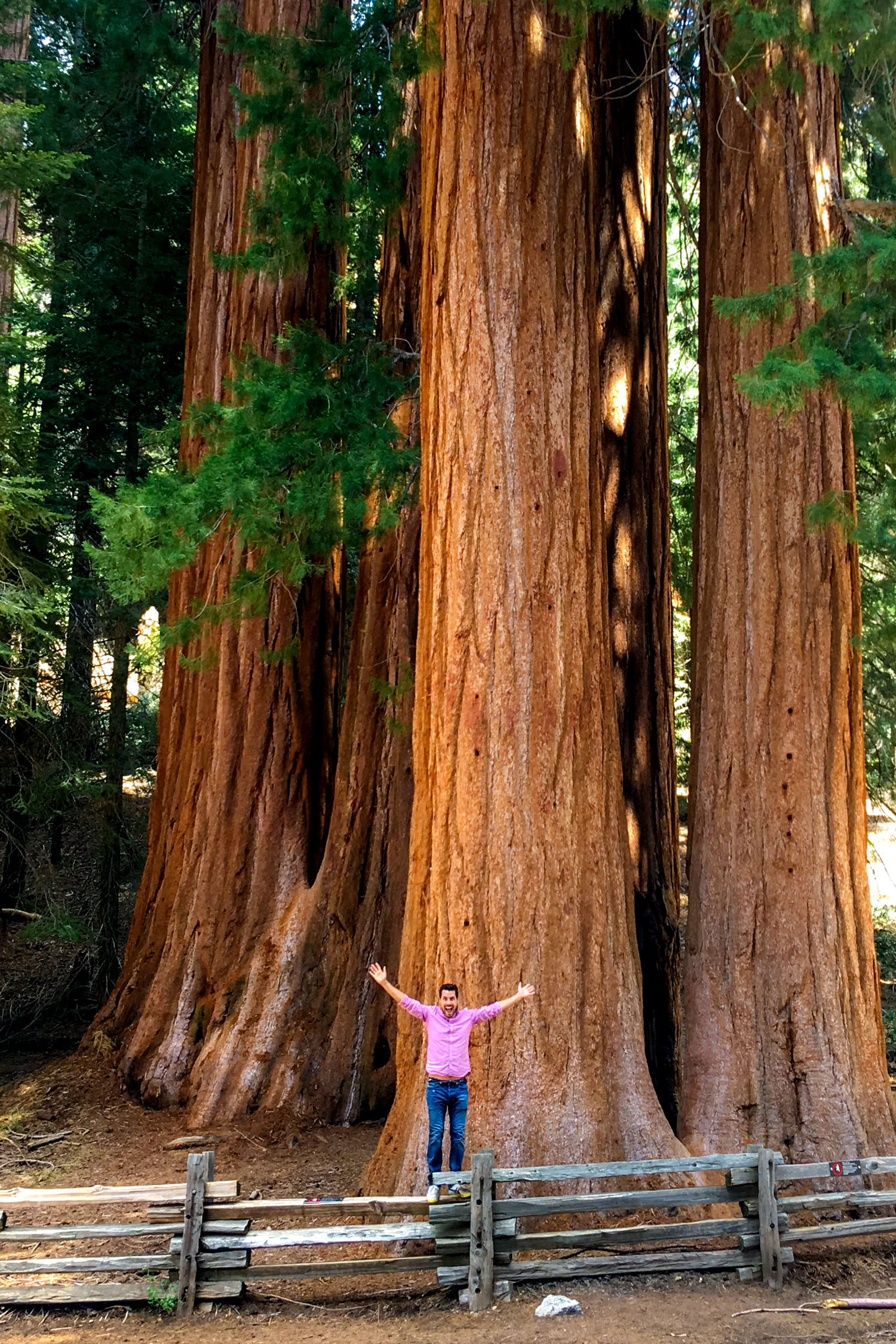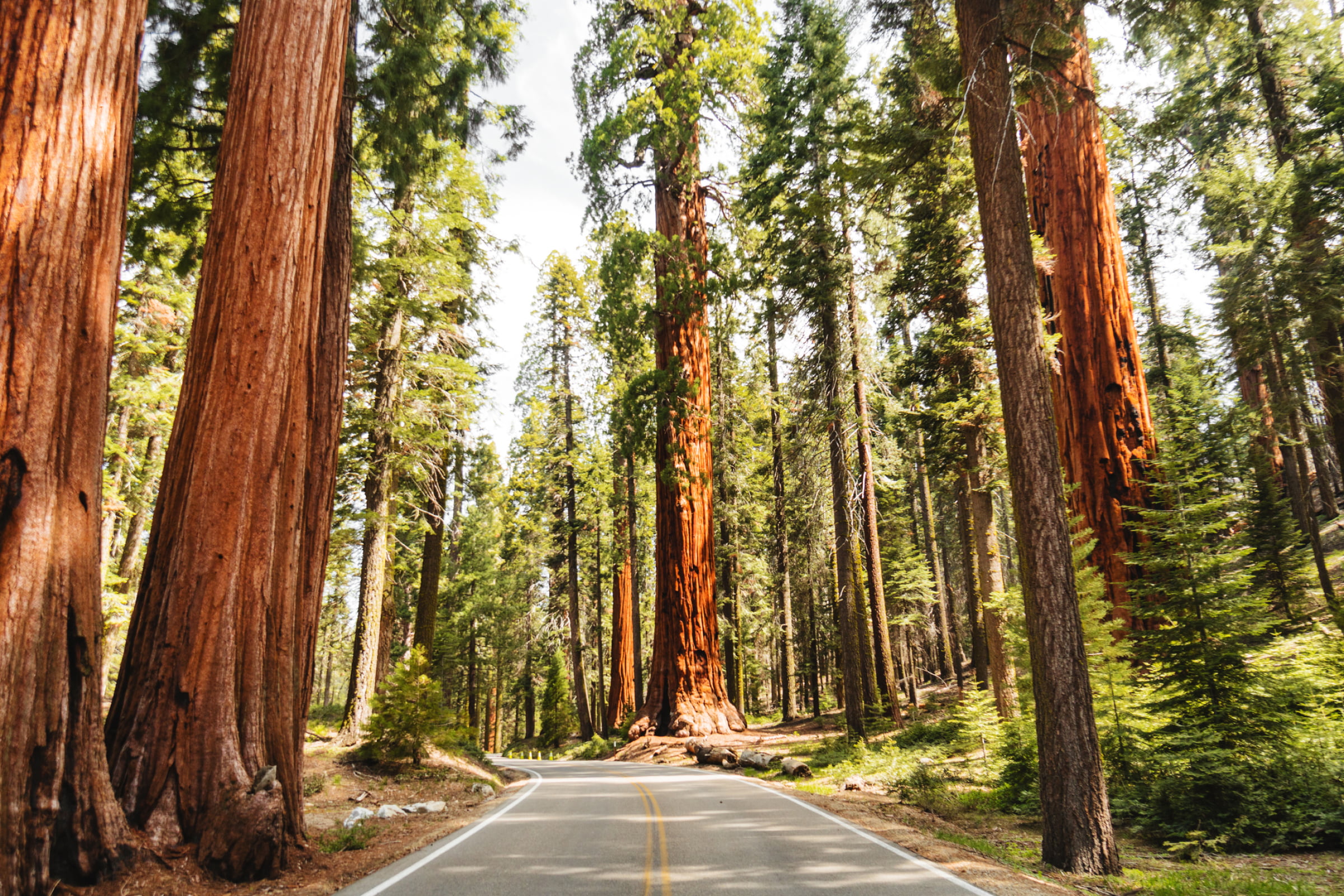Sequoia National Park-- Discover One of The golden state's Most Majestic Parks
Sequoia National Park-- Discover One of The golden state's Most Majestic Parks
Blog Article
Explore the Diverse Wild Animals Habitats Within Sequoia National Park
Sequoia National Park is an ecological prize, showcasing an excellent array of wild animals habitats that add to its rich biodiversity. From the magnificent gigantic sequoia woodlands to the diverse alpine fields, each atmosphere plays an important role in sustaining various varieties, including both typical and rare animals.
Review of Sequoia National Park
Sequoia National forest, snuggled in the southerly Sierra Nevada range of mountains of California, is renowned for its spectacular landscapes and looming huge sequoias. Developed in 1890, it is just one of the oldest nationwide parks in the United States, committed to preserving the all-natural beauty and environmental honesty of this special region. The park encompasses over 404,000 acres of varied terrain, including marvelous mountains, deep canyons, and lush fields.

Site visitors can check out various treking trails, ranging from leisurely strolls to tough backcountry routes, each supplying an one-of-a-kind perspective of the park's grandeur. With its combination of natural wonders and entertainment opportunities, Sequoia National Park functions as an essential haven for both wild animals and those looking for to get in touch with nature.

Significant Wild Animals Environments
The varied landscapes of Sequoia National Park create a mosaic of wildlife environments that sustain an abundant variety of varieties. These habitats vary from lush fields and dense forests to rough alpine zones and large river valleys, each supplying one-of-a-kind eco-friendly particular niches.
One noticeable environment is the gigantic sequoia woodland, identified by looming trees and an abundant understory, which supports numerous creatures, birds, and insects. The mixed conifer forests, composed of species such as sugar pine and white fir, offer additional sanctuary and food sources for wildlife.
Meadows and grasslands play a vital function in the park's environments, serving as essential foraging premises for herbivores like deer and small animals. These open areas additionally attract varied bird varieties, particularly throughout migration seasons.
The park's higher elevations include towering habitats, where problems are severe and types are adjusted to survive in such extremes (Sequoia National Park hour). Here, one can discover unique plants and animals that grow in rocky, cold environments
Plants and Fauna Variety
Within the varied ecosystems of Sequoia National forest, an impressive variety of vegetation and fauna coexists, showcasing the intricate partnerships that sustain the park's biodiversity. The park is home to over 1,300 plant species, consisting of the renowned huge sequoias, which are among the biggest and earliest trees in the world. These majestic trees give crucial habitat and food resources for numerous wildlife, promoting a complicated web of ecological interactions.
Animal varieties in Sequoia National Park are similarly varied, with environments ranging from lowland foothills to high towering atmospheres. Animals such as black bears, mule deer, and bobcats prosper in this abundant community, while avian varieties, consisting of the magnificent gold article eagle and the evasive spotted owl, poise the skies. Amphibians and reptiles, like the Sierra amphibian and the western rattlesnake, also play important functions in maintaining eco-friendly balance.
The park's one-of-a-kind mix of altitude slopes and microclimates sustains these different varieties, highlighting the value of maintaining the natural habitats that enable such an abundant tapestry of life to thrive. Recognizing this variety is essential for appreciating the eco-friendly value of Sequoia National Park.
Preservation Efforts in the Park
Conservation efforts in Sequoia National Park play an essential duty in securing its unique environments and the varied types that inhabit them. The park utilizes a diverse strategy, including habitat reconstruction, types checking, and invasive varieties monitoring. These campaigns are important for keeping the fragile balance of the park's ecological communities, which include huge sequoias, fields, and towering settings.
Energetic reconstruction projects concentrate on improving indigenous plant communities and refurbishing degraded habitats. Sequoia National Park hour. This is especially essential in locations impacted by human task or natural disturbances such as wildfires. The park's biologists perform routine tracking of essential species, including the jeopardized Sierra Nevada bighorn lamb, to examine population health and educate monitoring approaches
Invasive types position a substantial hazard to the park's biodiversity. Via these thorough initiatives, Sequoia National Park makes every effort to secure its abundant all-natural heritage for future generations while making certain the durability of its diverse wildlife habitats.
Tips for Wild Animals Observation
Observing wild animals in Sequoia National Park uses a special opportunity to connect with nature and value the varied species that prosper in this impressive environment. To maximize your wild animals observation experience, think about several important ideas.
Firstly, plan your check out throughout very early morning or late mid-day, as these times are most energetic for lots of pets. Bring field glasses to observe wild animals from a secure distance without interrupting their natural actions. Furthermore, familiarize yourself with the varieties you wish to see; understanding their routines and environments can boost your possibilities of spotting them.
Perseverance is important; wildlife observation usually requires waiting quietly and understanding your surroundings. Remain on designated tracks to minimize your influence on the environment and guarantee your security. It is additionally recommended to preserve a considerate range from pets, preventing any activities that could emphasize them or disrupt their atmosphere.
Finally, take into consideration joining guided trips led by well-informed park rangers. These professionals can provide important insights and increase your opportunities of experiencing wild animals in their all-natural settings. By complying with these ideas, you can enhance your experience and add to the preservation of Sequoia's wildlife.

Conclusion
Sequoia National forest functions as an essential sanctuary for diverse wild animals, showcasing a remarkable variety of environments that support numerous types. The interaction between giant sequoia forests, combined conifer forests, meadows, and alpine regions fosters a rich eco-friendly tapestry. Recurring preservation initiatives are important for protecting these habitats and the special flora and animals that occupy them. Ultimately, the park's biodiversity underscores the value of keeping such natural landscapes for future generations.
Please visit one of our local supporters - Wholesale Liquidation Pallet Original Jordan Shoes
Report this page